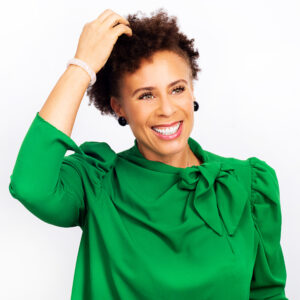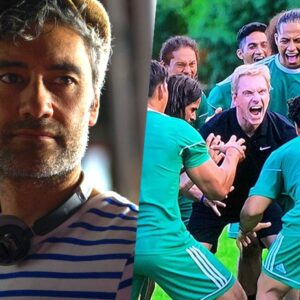
TORONTO — Recent extensive research models have shown that most addictions begin at relatively early ages, between the ages of 18-25, but this isn’t the most revolutionary finding on addiction in America, and by extension, Canada. Several addicted men and women participated in the CNN study, including Mexican born, Dr. Nora Volkow who is one of the world’s top researcher on addiction and its effects on the brain.
She and others are finding that, metaphysically, there are two distinctly separate parts of the brain that are in play when a person takes a drug that is known to be addictive.
The centre of pleasure, the part of the brain that is activated when we are experiencing pleasure, is in the back portions of the brain while the “stop” button, or the part that tells you to stop or not participate in a certain activity, is located. These are hardwired into our system as humans.
The “Go” button is where we certain emotions are centred that are relative to pleasure. These are the base emotions that keep us alive and procreative. It’s that pleasure centre that keeps us coming back for food, or for sex for procreation, the two most basic of emotions. It is also where the fight or flight response is housed.
But it’s the frontal lobe where we process whether to respond to those signals sent from the back of the brain with action, or not to. Dr. Volkow has found compelling evidence that explains the mechanics of addiction and why it is so hard to break free from its grip.
She is among the growing numbers of medical and psychiatric doctors and researchers who have begun looking at addiction from a different angle and are beginning to believe that addiction is caused or at least exacerbated by a malfunction in communication between these two important lobes in the brain.
“So many patients will tell you that they know doing hard drugs is killing them,” says Dr. Volkow. “They know their abuse is ruining their family and everything they hold dear, but still have seemingly no ability to stop.”
This, often times, results in a sense of failure and depression which adds to the problem as it offers and instant rush of pleasure and artificially over rides the brains natural production of dopamine, the feel good enzyme, with an unnatural rush of dopamine making the decision making process difficult to say “no”. Soon the natural production of dopamine is inhibited, which is why addicts say the only time they feel good is on drugs. When they are not using, the brain’s natural flow of dopamine isn’t enough to satisfy that urge for pleasure or to convince you to say no.
Dr. Volkow’s research has also found that, in the same way other diseases can impede certain parts of the body in their natural function, like for instance, ALS or polio, a damaged or weakened connection between the pleasure lobe and the decision making lobe, are interrupted making it much harder to “just say no.”
These new findings are giving researchers and psychiatric care professionals cause to rethink what they learned in medical school on the subject.
In the past and in many cases current treatment programs assume the problem is purely a psychological one. But Volkow is leading the charge among her peers to look at addiction as a physical disease rather than purely a psychological disorder.
“It is difficult to accept but if you have heart disease, for instance, you must either undergo a serious lifestyle and dietary changes to survive to a ripe old age,” she says. Likewise, the brain is also susceptible to disease and certain measures should be taken to keep it healthy.”
It is especially hard for families to accept when their loved one can’t just simply quit taking addictive drugs. Treated solely as a psychological problem, it places even more pressure on the addict to “pull him or herself up by the boot straps” armed only with a damaged “No” mechanism.
It is hard for a person without a certain phobia to understand and is very frustrating and difficult to do. But once you understand the mechanisms of addiction, it can help treat addicts rehab in a much more successful way. Although relapses still occur, the success rates are noticeably higher when treatment is geared towards both lobes in the brain.
In essence, a person needs to learn how to enjoy things again, without artificial stimulation. That is where workshops and phycological treatment for addictions can help.
Studies have also shown that the younger a person is when he she gets addicted, the more damage it does to that connection between frontal and what is called the parietal lobe in the rear of the brain. That is the connection between “hey, I want that” and “but it will hurt me if I do.”
The research is still coming in but more and more doctors, psychologists and psychiatrists are beginning to change their views on addiction and its treatment.











